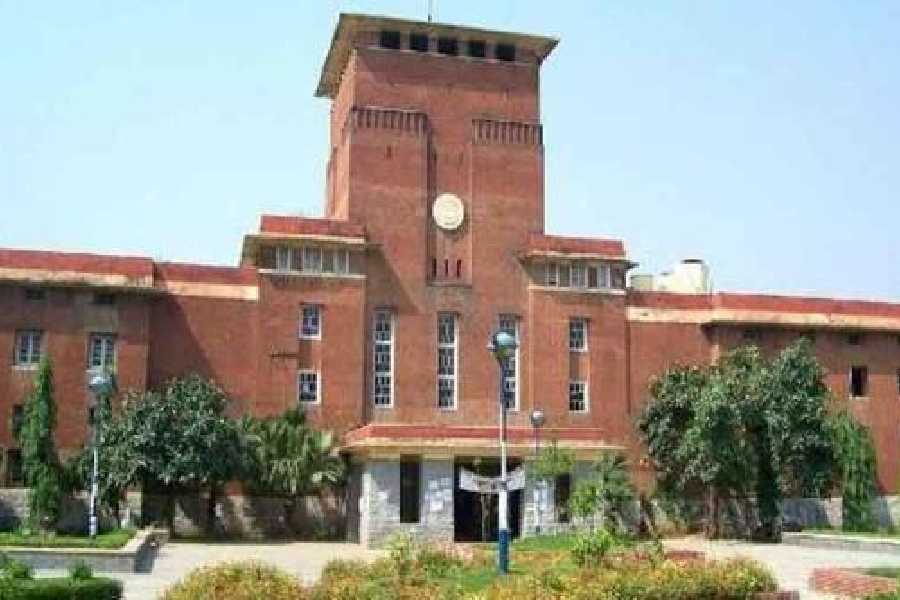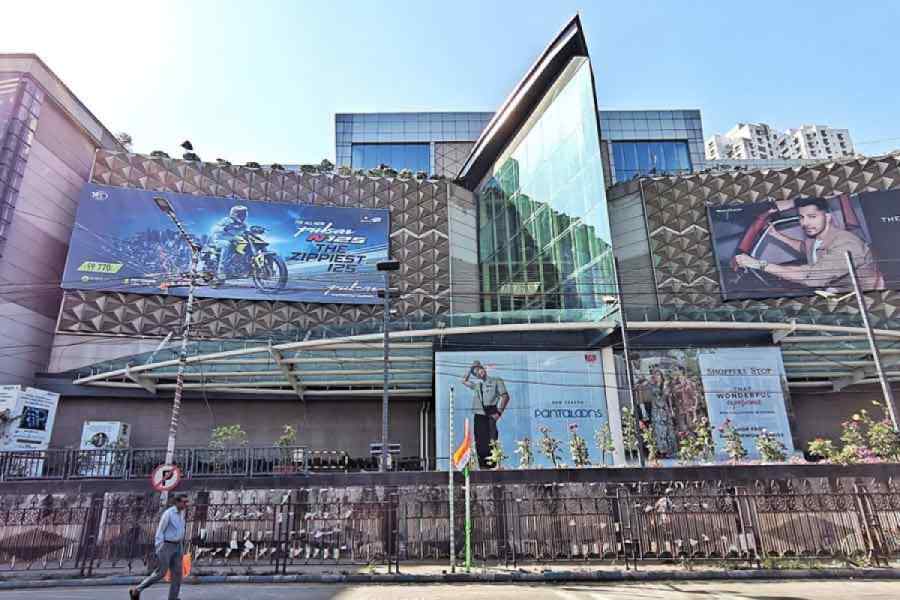 |
| Hillary Clinton.(AP) |
New Delhi, July 17: Hyderabad House, the 36-room, butterfly-shaped Nizam’s palace which has comfortably hosted visiting dignitaries for 64 years without any hitch is creaking in anticipation of receiving Hillary Clinton’s delegation on Tuesday.
Clinton, America’s secretary of state, is arriving here tomorrow night with a delegation of 25 members for the second round of the Indo-US Strategic Dialogue. The size of her team, which matches those of official delegations normally reserved for state visits by most Presidents, kings and Prime Ministers, reflects the huge expansion in India’s relations with America in recent years.
For Tuesday’s dialogue, India is matching the American team with its own delegation of 25 members in addition to the external affairs minister, S.M. Krishna.
But the problem with Hyderabad House, as protocol officials in South Block have pointed out to their principals in the external affairs ministry, is that the largest conference table there can seat only “1+14” from each side.
“One plus fourteen” stands for the leader of the delegation and 14 of its members. Which means 11 officials out of the 25+1 on each side for the strategic dialogue will have no seats at the delegates’ table during the talks.
One member of Clinton’s delegation is of cabinet rank: James Clapper, President Barack Obama’s director of national intelligence. But there are three others who are of ministerial rank: John Holdren, assistant to the President on science and technology; Daniel Poneman, the deputy energy secretary; and Jane Lute, the deputy secretary in the department of homeland security.
A deputy secretary in the US administration is equivalent to a minister of state in the Indian government.
Arrangements are now being made in Hyderabad House to seat 22 officials in a second layer of seats behind and around the main table. But the difficulty is that this second layer will have no audio facilities, writing space or place for keeping files and other official documents.
Hyderabad House veterans said that even in the heyday of Indo-Soviet amity, ministerial delegations were never as large as the one Clinton is bringing with her for the strategic dialogue.
Visits by heads of state or government from Russia, the US, Britain and several other countries are, of course, often made up of bigger delegations. But for purposes of bilateral talks, they are always broken up into sectoral components and meet in different locations, not necessarily in Hyderabad House.
But even if all the meetings were held in the former Nizam’s palace, since the talks were always sectoral, they could be held across several of the 36 rooms in the palace famed for its domed-roof entrance.
The challenge of Tuesday’s strategic dialogue is, however, structurally different. It will have a plenary after Clinton has met national security adviser Shivshankar Menon as the first item in her itinerary, followed by talks between Krishna and Clinton. The plenary will then assemble the entire delegation on both sides.
A second reason why Hyderabad House is creaking under the weight of Clinton’s delegation is that the main banquet hall of the palace has a table which can seat 40 people. With the two delegations alone composed of 52 people, 12 officials will now have to be accommodated in an overflow dining room.
It has been common practice in India’s diplomatic tradition to invite a small number of the country’s creme de la creme to join visiting foreign ministers for lunches in Hyderabad House depending on the interests of the VIP visitor.
But with no room at the dining table even for the official delegations, Krishna’s lunch for Clinton has now been converted into a “working lunch” and there will be no invitees from outside the government.
The Indians are, however, not losing any sleep over these challenges. When the first round of the strategic dialogue was held at the state department in Washington last year, the Americans faced similar problems.
At the “working lunch” in Washington too, some delegates had to be seated in an overflow room.
Sources said a proposal was considered during preparations for Tuesday’s meeting to shift it from Hyderabad House to a five-star hotel with conference facilities.
The proposal was opposed by the traditionalists in South Block who looked upon a private facility with disfavour. The idea was also rejected on grounds of austerity.
In the end, it may not be surprising if the rapid expansion in Indo-US relations also leads to the first big expansion of Indian official hospitality infrastructure in 64 years.










